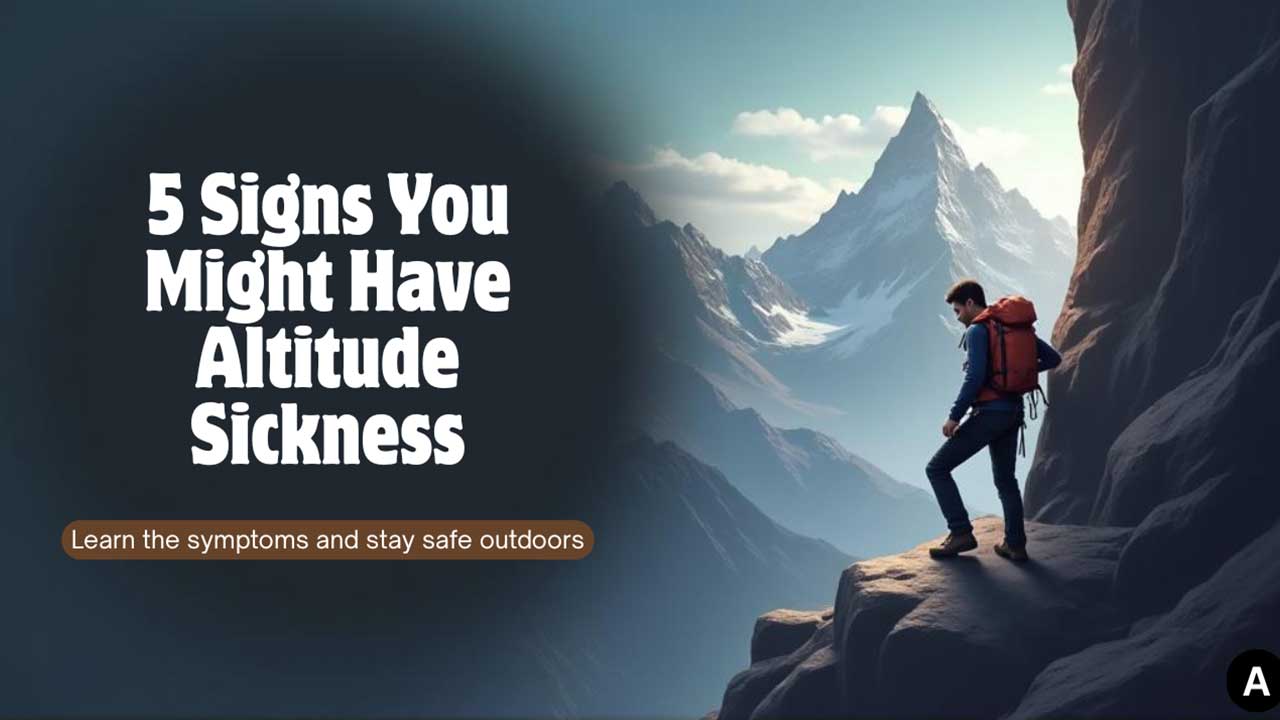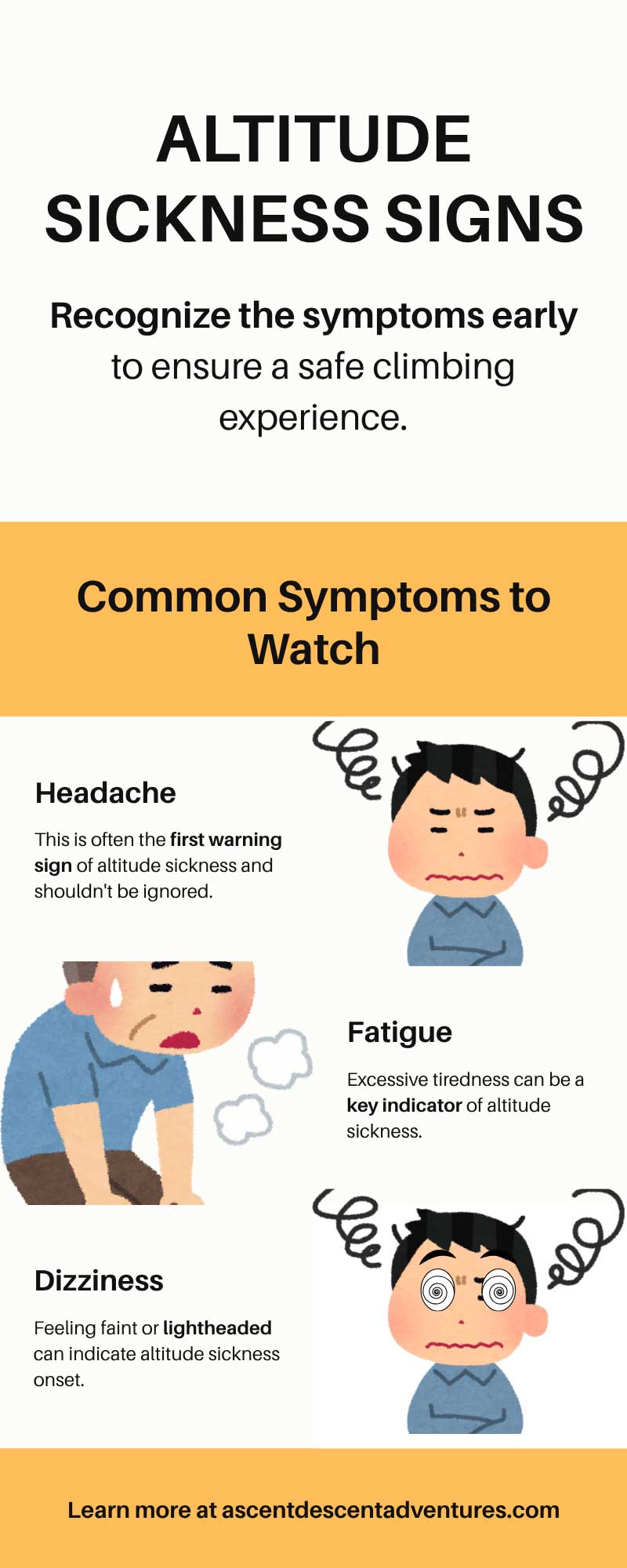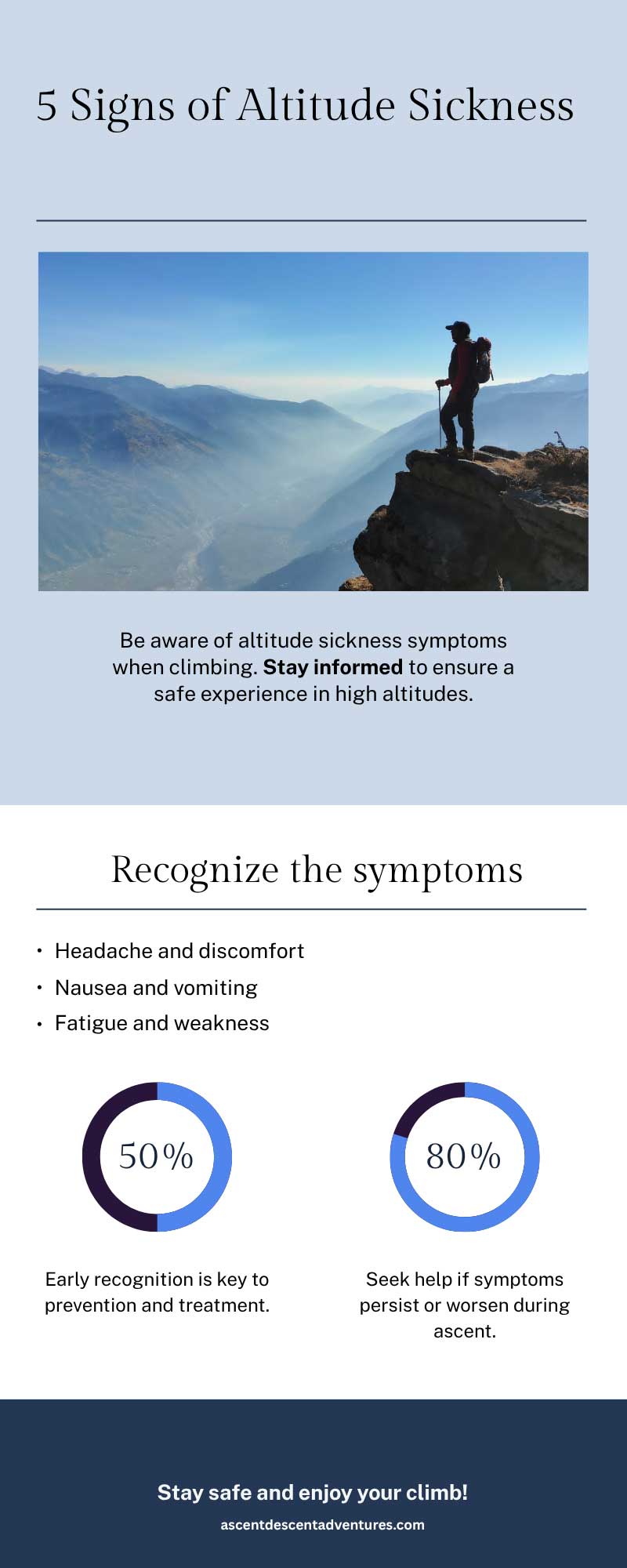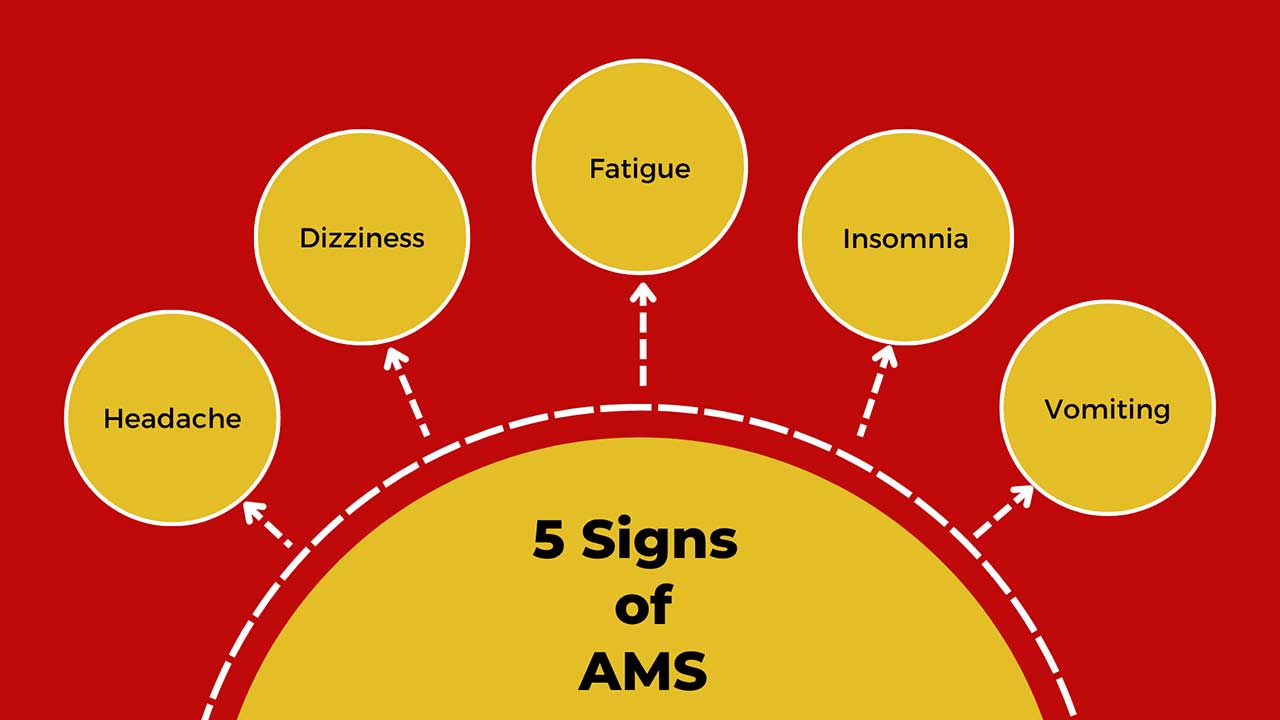5 Signs You Might Be Getting Altitude Sickness
Blogs
How to Recognize AMS Early and Stay Safe in the Himalayas
High-altitude trekking and climbing in the Indian Himalayas is an unforgettable experience—but the elevation can pose a serious risk to your health if you’re not prepared. Whether you’re attempting the Indrahar Pass, Pin Parvati Pass, or heading toward a 6,000-meter summit, you must be able to recognize the early symptoms of altitude sickness.
In this article, we cover the 5 early warning signs of Acute Mountain Sickness (AMS) that every beginner and seasoned trekker should watch for, plus what you can do to prevent a mild headache from turning into a life-threatening situation.
What Is Altitude Sickness?
Altitude sickness, or Acute Mountain Sickness (AMS), is the body’s response to reduced oxygen levels at elevations typically above 2,500 meters (8,200 feet). As you ascend, air pressure drops and less oxygen is available. Your body needs time to adjust. If it doesn’t, the result can be AMS—or worse, High Altitude Pulmonary Edema (HAPE) or High Altitude Cerebral Edema (HACE).
AMS can affect anyone, regardless of fitness level, gender, or age.
5 Early Signs You Might Be Getting Altitude Sickness
1. Persistent Headache
The symptom: A dull, throbbing headache that doesn’t go away with hydration or rest. It often worsens with movement or bending forward.
Why it matters: A headache is usually the first sign of AMS and should never be ignored, especially if you’ve recently ascended to a higher altitude.

Action Tip: Rest, hydrate, and avoid ascending further until the headache subsides.
2. Dizziness or Light-headedness
The symptom: Feeling unsteady on your feet, experiencing vertigo, or having trouble maintaining balance.
Why it matters: Dizziness can signal that your brain isn’t receiving enough oxygen—a warning flag for HACE, which can become fatal if untreated.
Action Tip: Sit down, breathe deeply, and inform your group leader or guide immediately.
3. Unusual Fatigue or Weakness
The symptom: Feeling extremely tired after minimal exertion, even on flat terrain.
Why it matters: As the oxygen level drops, your muscles and brain start to underperform, making it difficult to continue even simple tasks.
Action Tip: Avoid pushing through. Take rest, and consider descending if the fatigue doesn’t ease.
4. Insomnia or Disturbed Sleep
The symptom: Trouble falling or staying asleep, especially at higher altitudes.
Why it matters: Lack of oxygen at night can disrupt breathing patterns, contributing to altitude-induced insomnia, which worsens fatigue and slows acclimatization.
Action Tip: Stay hydrated and avoid alcohol or sleeping pills, which can depress breathing.
5. Nausea, Loss of Appetite, or Vomiting
The symptom: Feeling sick, queasy, or not wanting to eat at all—often accompanied by stomach discomfort.
Why it matters: Dehydration and lack of nutrition worsen altitude sickness. If vomiting begins, it’s a strong indicator of moderate to severe AMS.
Action Tip: Take slow sips of water or ginger tea, and inform your guide if symptoms worsen.

How to Prevent AMS on Your Trek or Climb
- Ascend Gradually: Follow the “climb high, sleep low” rule
- Stay Hydrated: Drink 3–4 liters of water daily
- Eat Well: Carbohydrates help your body acclimatize
- Avoid Alcohol: It slows acclimatization and worsens symptoms
- Recognize and Respond Early: Knowing the signs is half the battle
For serious cases, medications like Diamox (acetazolamide) or a quick descent are necessary. In rare but dangerous cases, oxygen support or evacuation may be required. Note: Consult your physician before taking any medication!
Train Before You Trek: Stay Altitude-Safe with ADA
At Ascent Descent Adventures, we train mountaineers, trekkers, and climbers to recognize and manage AMS in real-world conditions. Our High Altitude Survival Training and Mountain Skills Courses are ideal for:
- Trekkers doing Indrahar Pass, Pin Parvati Pass, or high-altitude Kashmir routes
- Climbers attempting 6,000 m+ peaks
- International expedition teams preparing for remote summits
Knowledge saves lives. Train before you climb.

Final Word: Don’t Ignore the Signs
Altitude sickness isn’t just uncomfortable—it’s dangerous. Whether you’re a beginner hiker or a budding mountaineer, learn to listen to your body and respond to warning signs early.
Remember: The mountain will always be there—your safety comes first!
Recommended Read for Safety & Risk Awareness:
- 5 Red Flags to Watch for During Your First Expedition
- 5 Common Accidents Beginners Face (and How to Avoid Them)
- 5 Emergency Signals Every Mountaineer Should Know
- 5 Situations Where Turning Back is the Smartest Option